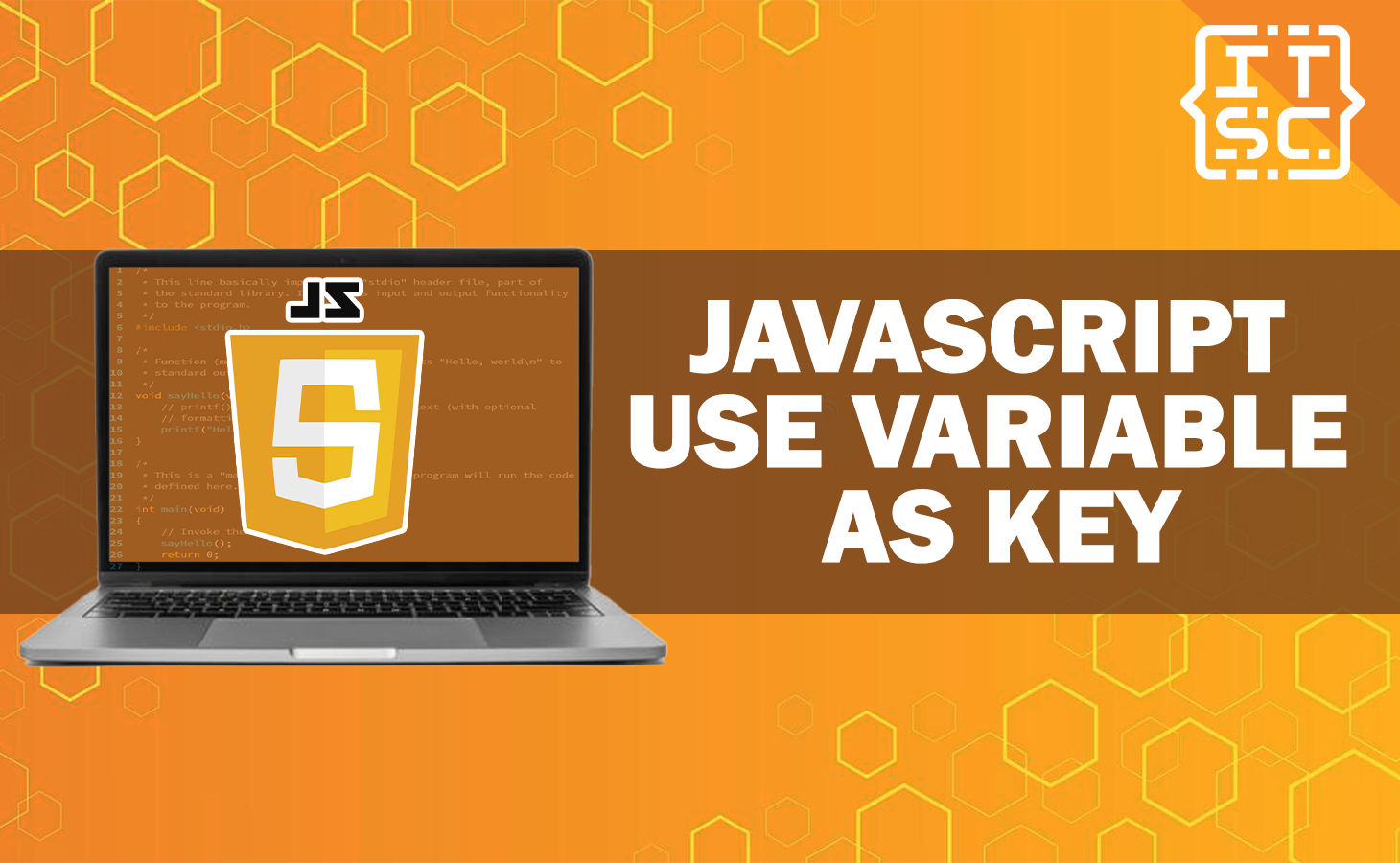In this article, let’s discuss how you can use variables as keys in JavaScript objects with some demonstration of example codes.
In JavaScript, objects play an important role in representing and storing data.
These objects contains key-value pairs, where the keys are strings (or symbols) and the values can be of any data type.
While keys are commonly defined as static strings, you can also use variables as keys in several situations.
This flexibility enables for dynamic property access and manipulation.
Example Codes of JavaScript using Variable as Object Key
Suppose, you are building a simple dictionary application. You want to store word definitions as key-value pairs in an object.
Consistently, you would determine the keys as static strings. However, using variables as keys can make your code more efficient and maintainable, specifically if you are dealing with a large number of entries.
Example 1:
// Using static keys
const wordDefinitionsStaticSentence = {
"apple": "A round or oval-shaped fruit that is typically red, green, or yellow in color.",
"banana": "A popular fruit known for its elongated, curved shape and bright yellow color when ripe"
};
// Using variables as keys
const word = "apple";
const wordDefinitionsDynamicSentence = {
[word]: "A round or oval-shaped fruit that is typically red, green, or yellow in color.",
"banana": "A popular fruit known for its elongated, curved shape and bright yellow color when ripe"
};
console.log(wordDefinitionsDynamicSentence)Output:
{
apple: 'A round or oval-shaped fruit that is typically red, green, or yellow in color.',
banana: 'A popular fruit known for its elongated, curved shape and bright yellow color when ripe'
}In the example code above, using a “variable word as a key” enables you to access the definition more dynamically, which can be especially useful when iterating through a list of words.
Also read: Prime Number JavaScript: Explained with Examples
Example 2:
Let’s look the another common cases is when you are working with API’s that return data in a format where the keys are defined at runtime.
Let’s say you’re fetching user data from an API, and the structure of the response includes dynamic keys based on user ID’s.
Here’s how you can use variables to access the data using those dynamic keys:
const userIdSample = "123456";
const apiResponseValue = {
[userIdSample]: {
name: "Jude Reyes",
email: "[email protected]"
},
// ...
};
const user = apiResponseValue[userIdSample];
console.log(user.name);
This methods allows you to retrieve user data without knowing the key beforehand, making your code more flexible in changing API responses.
Example 3:
Variables as keys also come in accessible when working with computed property names.
Computed property names enable you to create object keys based on expressions or calculations.
To know more about JavaScript, visit this article: How to Use JavaScript Math.round() Function?
This can be especially useful when handling with complex data transformations or dynamic property naming:
function getKeyVariable() {
return "dynamicKey";
}
const computedKeysExampleValue = {
[getKeyVariable()]: "This key is computed based on a function."
};The getKeyVariable function returns the value “dynamicKey”, which is then used as the key in the object.
However, it is essential to note that while using variables as keys provides flexibility, it might also offer complexity and reduce code readability.
If the dynamic nature of keys makes your code difficult to understand, it’s better to stick with static keys.
Conclusion
In conclusion, JavaScript enables you to use variables as keys in objects, which brings flexibility and action to your code.
This method is particularly useful when dealing with scenarios where keys are determined at runtime or when you need to perform complex data transformations.
Just remember to strike a balance between flexibility and readability to maintain a codebase that is both efficient and understandable.

